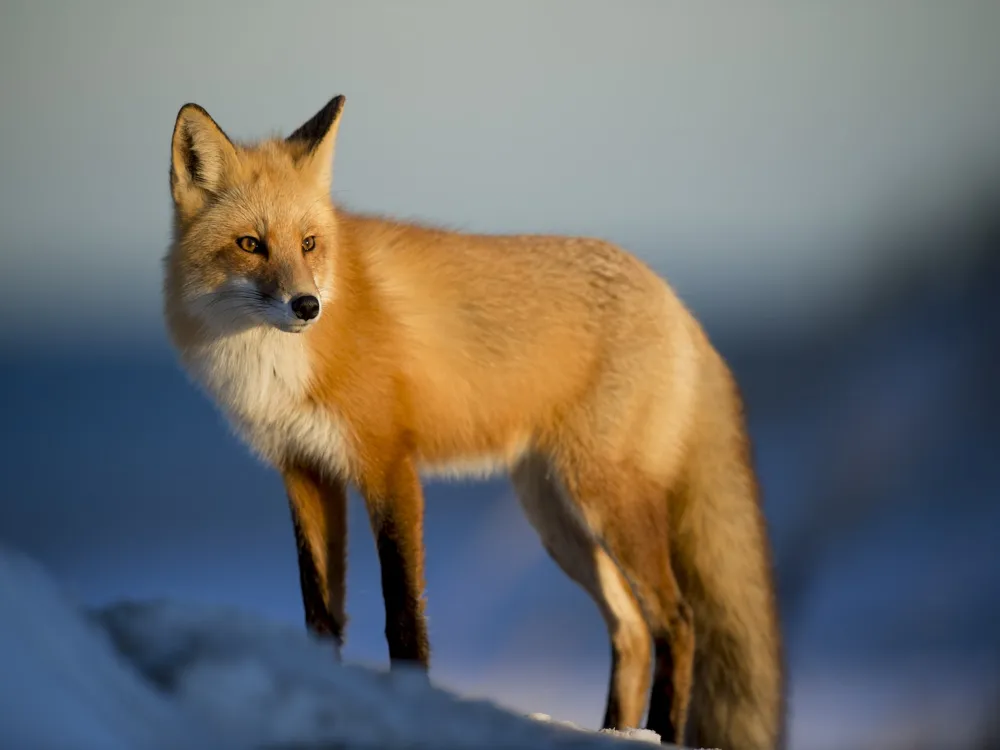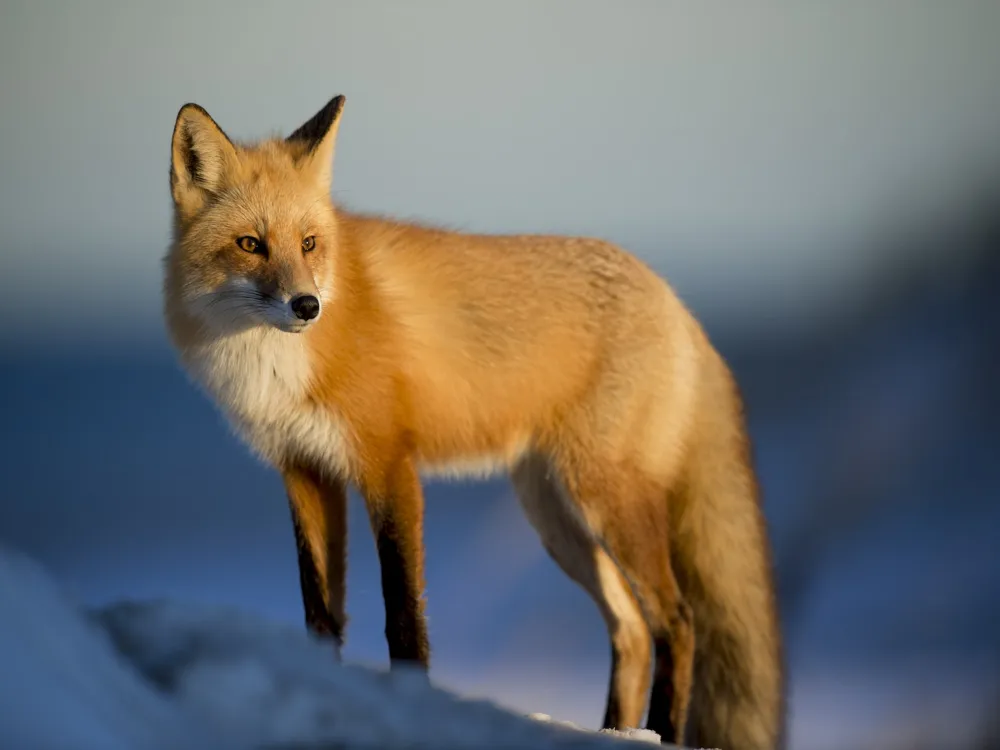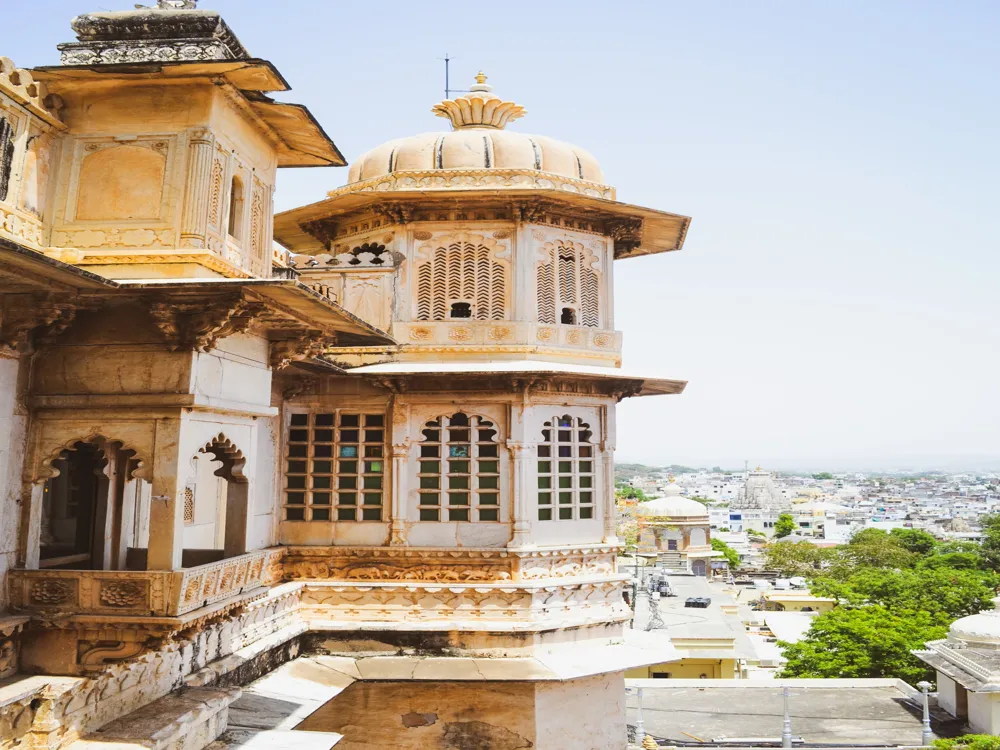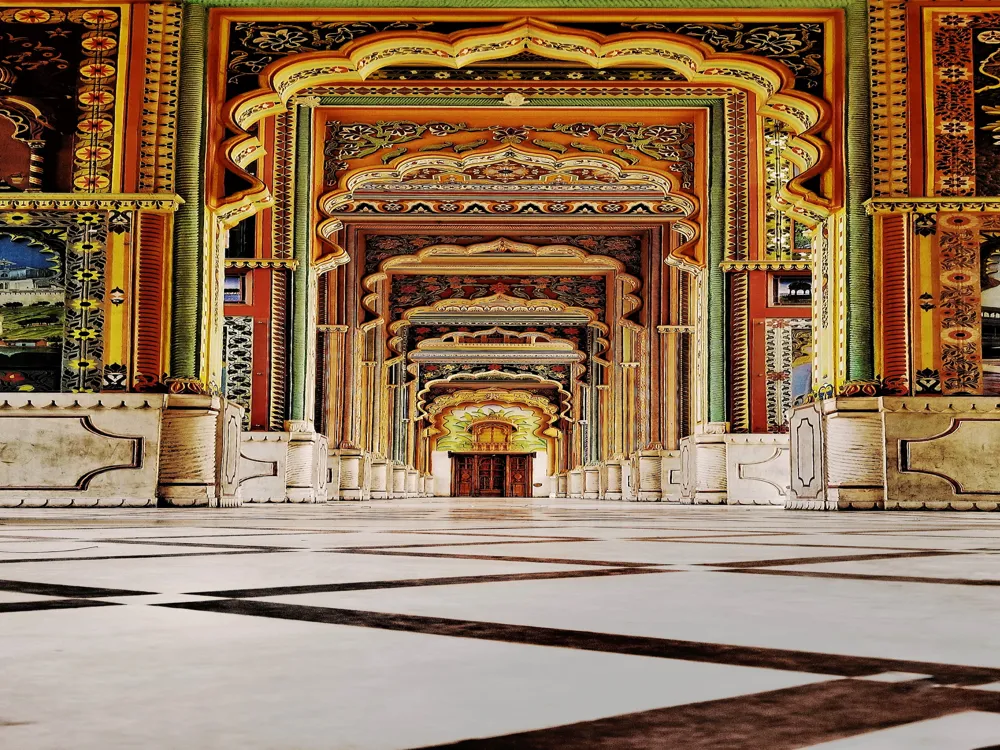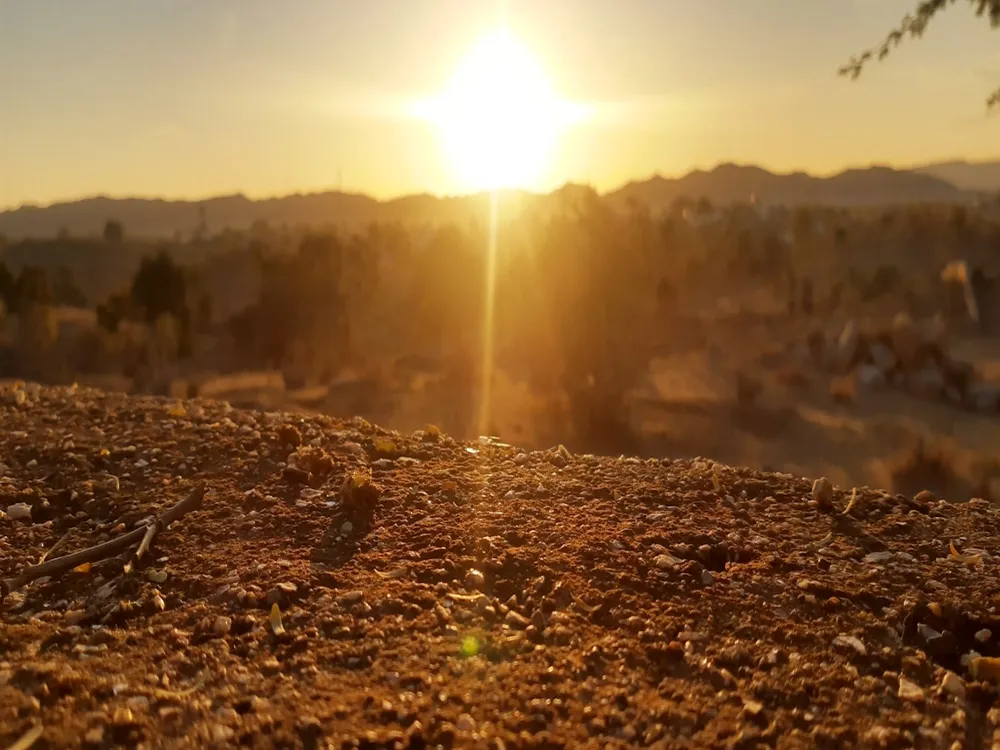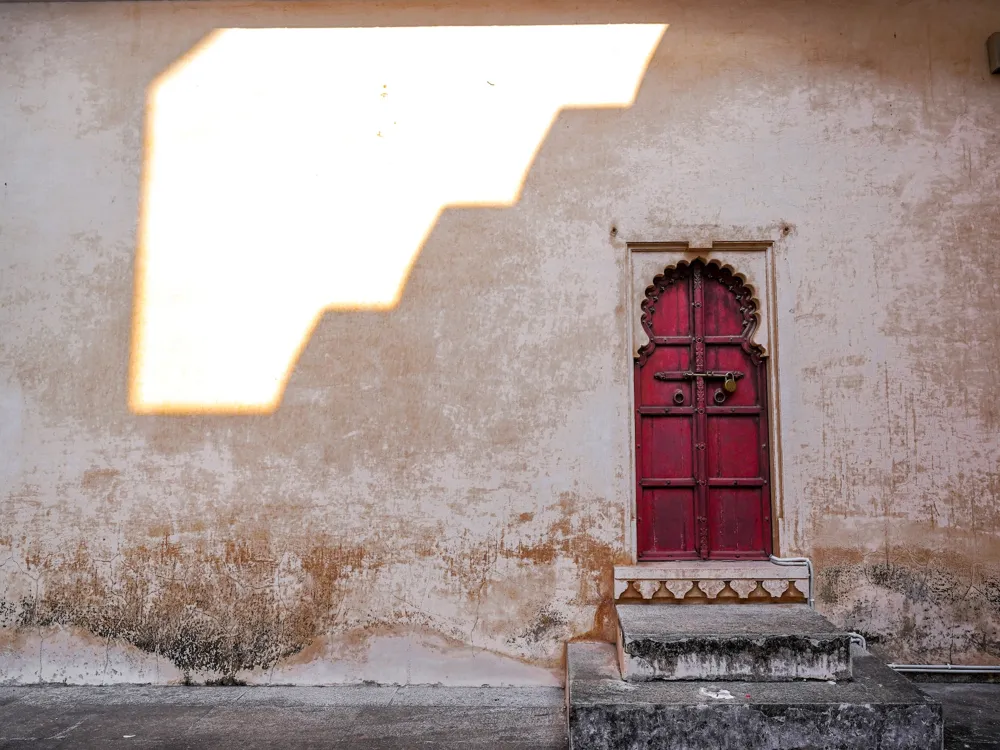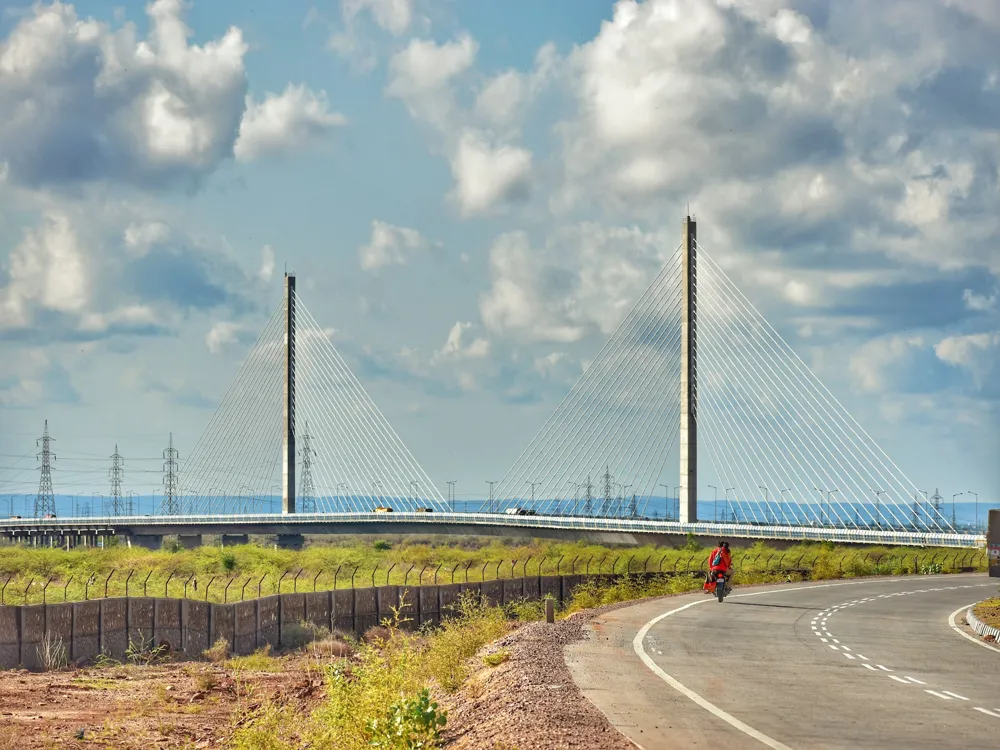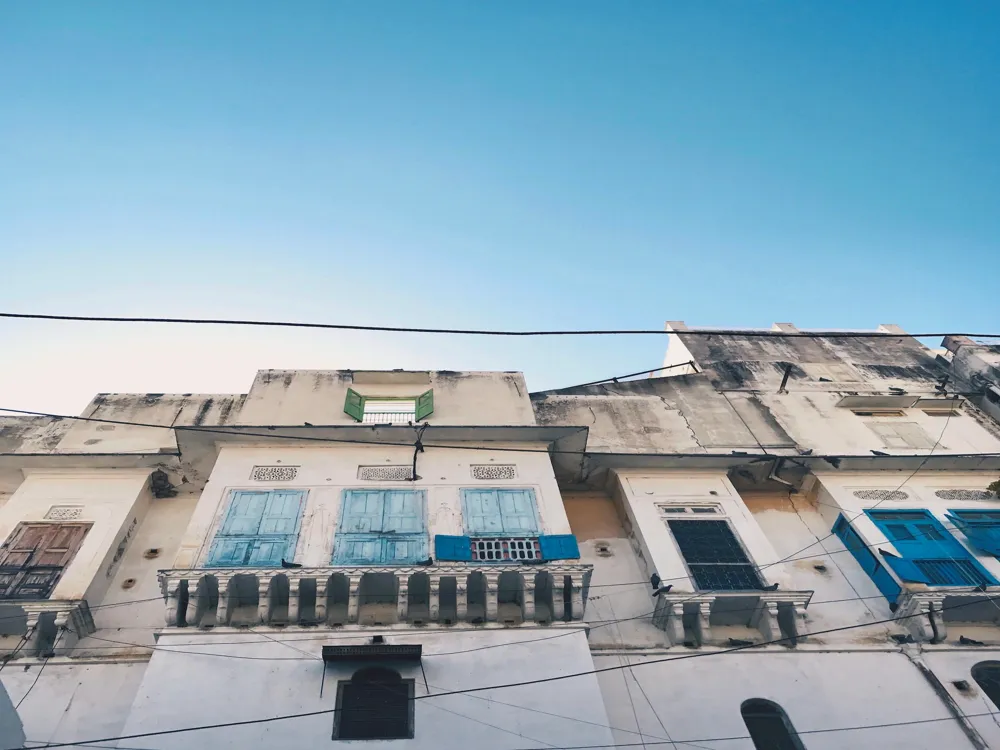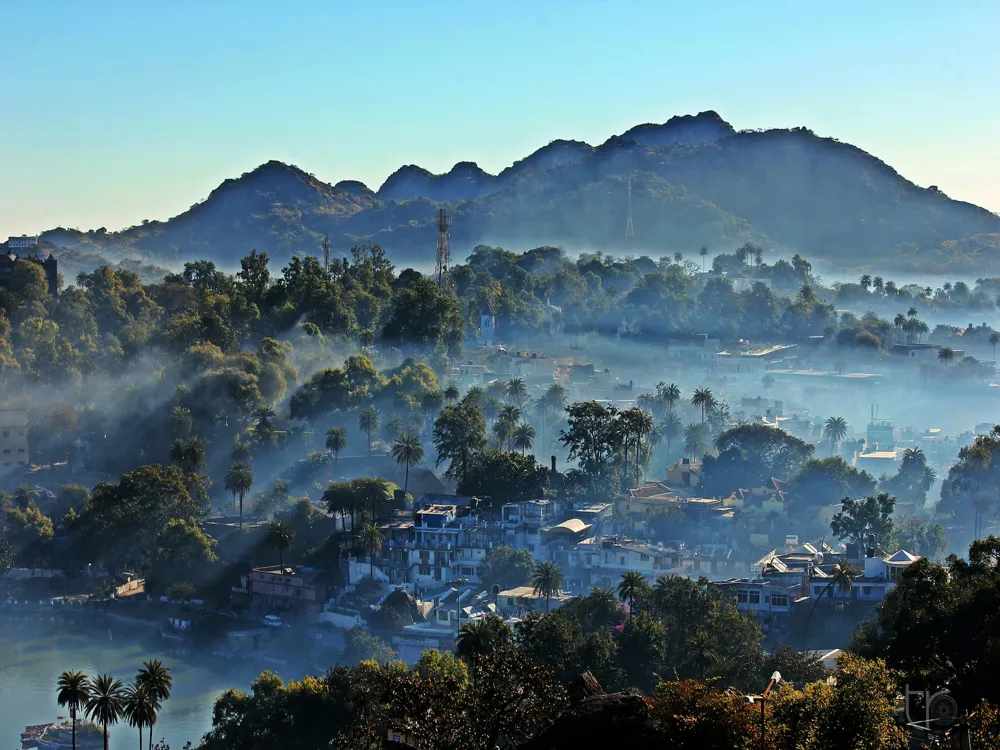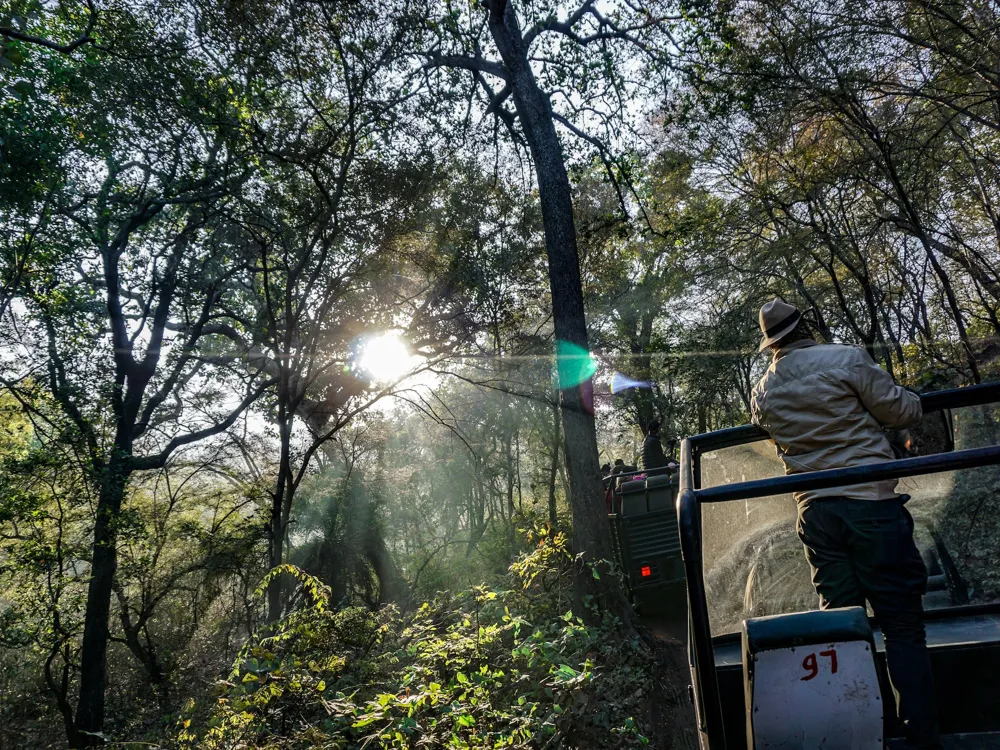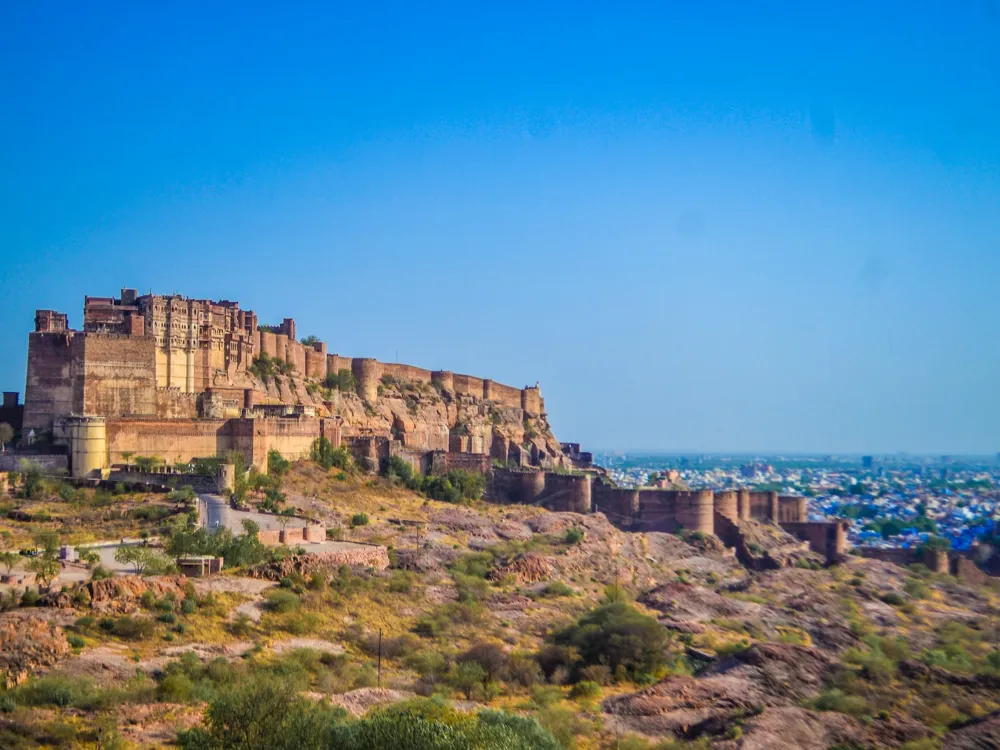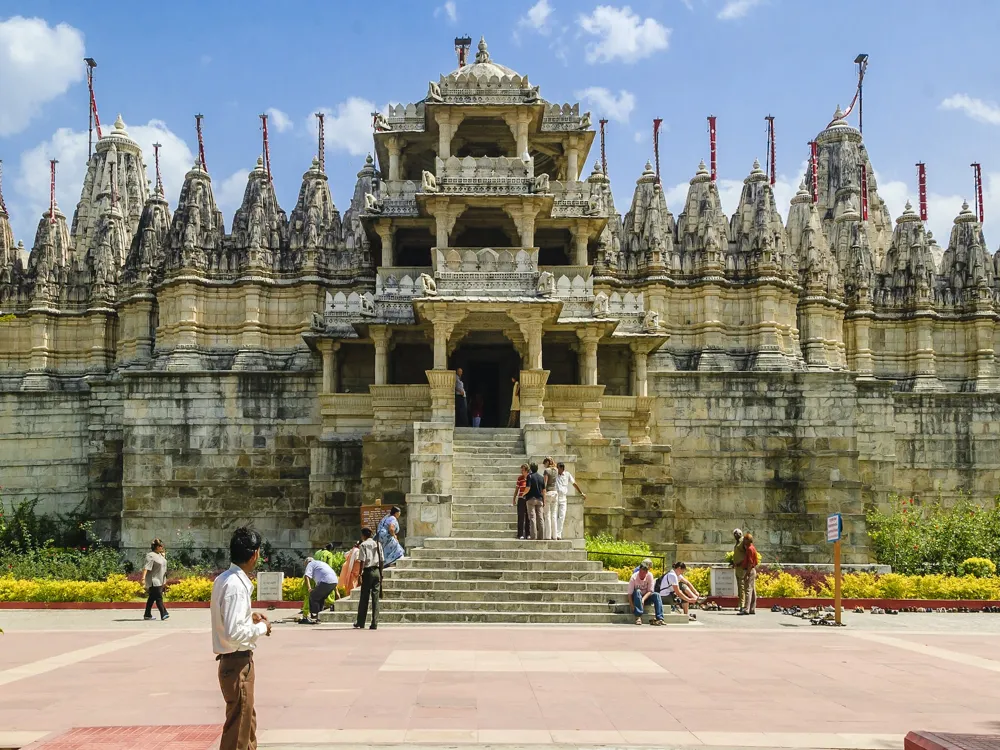Chittorgarh, a symbol of Rajput valor, pride, and romance, stands tall in the southeastern part of Rajasthan, India. It is renowned for its massive fort, which is a UNESCO World Heritage Site, representing the quintessence of Rajput culture and values. The city's history is steeped in tales of bravery, sacrifice, and noble deeds, tracing back to the 7th century AD. Its landscape is dominated by the Chittorgarh Fort, which sprawls majestically atop a 180-meter high hill, covering an area of 700 acres. The fort's history is marked by three major sieges and is home to many historical palaces, gates, temples, and two commemorative towers. The Chittorgarh Fort, a symbol of Rajput chivalry, is the largest fort in India and attracts thousands of visitors annually. Its grandeur and historical significance are evident in its massive structure and the numerous tales of heroism associated with it. The fort houses several architectural marvels like Vijay Stambha (Victory Tower), Kirti Stambha (Tower of Fame), Rana Kumbha Palace, and the Padmini Palace, each narrating a story of Rajputana glory. The architectural style of Chittorgarh Fort is a blend of Rajput and Hindu architectural elements. The fort's walls and palaces are adorned with intricate carvings, frescoes, and jharokhas (overhanging enclosed balconies). The Vijay Stambha, erected by Maharana Kumbha to commemorate his victory over Mahmud Khilji, stands as an exemplary piece of Rajput architecture. The Kirti Stambha, dedicated to Adinath, the first Jain Tirthankara, showcases the influence of Jain culture on Chittorgarh's architecture. Chittorgarh's history is rich with legends of bravery and sacrifice, most notably the tale of Rani Padmini's Jauhar (mass self-immolation) to avoid capture by the Sultan of Delhi, Alauddin Khilji. The fort's walls echo stories of Rajput warriors like Gora and Badal, who fought valiantly to defend their land. These legends not only add to the fort's historical significance but also offer a glimpse into the Rajput ethos of honor and valor. The architecture of Chittorgarh is a testament to the skill and creativity of Rajput craftsmen. The city's structures are renowned for their intricate designs, elaborate carvings, and artistic embellishments. The blend of cultural influences over centuries has resulted in a unique architectural style that is both majestic and awe-inspiring. The architecture of Chittorgarh is characterized by massive fortifications, grand palaces, sacred temples, and unique towers. The use of local materials like sandstone and marble is prominent. Rajput architecture's hallmark features include chhatris (elevated, dome-shaped pavilions), jharokhas, and intricately carved stone screens. The layout of the palaces and temples often follows Vastu Shastra, an ancient Indian science of architecture and building. The Rana Kumbha Palace, the birthplace of Maharana Udai Singh, the founder of Udaipur, showcases a blend of defensive and aesthetic architectural elements. The Padmini Palace, associated with the legendary beauty of Queen Padmini, is another architectural marvel. The Meera Temple, dedicated to the mystic poetess Meerabai, and the Kalika Mata Temple, dating back to the 8th century, reflect the spiritual and religious significance of Chittorgarh in Rajput history. Chittorgarh's architecture has been influenced by various dynasties that ruled over it, including the Guhilas, the Sisodias, and the Mughals. Each dynasty left its mark, contributing to the eclectic mix of architectural styles seen in the city's monuments. The fortifications and palatial complexes built by the Rajputs, and the later additions and renovations by the Mughals, illustrate the city's evolving architectural narrative. The ideal time to visit Chittorgarh is from October to March when the weather is pleasant, making it comfortable to explore the fort and other attractions. Opting for a guided tour can enhance your experience, as knowledgeable guides provide insights into the fort's history and architecture. Don't miss out on trying local Rajasthani cuisine, known for its unique flavors and dishes like Dal Baati Churma and Gatte ki Sabzi. Chittorgarh is well-connected by road, rail, and air. The nearest airport is Maharana Pratap Airport in Udaipur, which is about 90 km away. Chittorgarh railway station is well-connected to major cities in India. By road, Chittorgarh is accessible through well-maintained highways connecting it to other major cities in Rajasthan and neighboring states.Overview of Chittorgarh, Rajasthan
The Magnificent Chittorgarh Fort
Architectural Grandeur of the Fort
Legends and Lore of Chittorgarh
Architecture of Chittorgarh
Key Architectural Features
Palaces and Temples of Chittorgarh
Influence of Various Dynasties on Chittorgarh's Architecture
Tips When Visiting Chittorgarh
Best Time to Visit
Guided Tours
Local Cuisine
How To Reach Chittorgarh
Maha Sati
Chittorgarh
Rajasthan
₹ 9,200 onwards
View chittorgarh Packages
Chittorgarh Travel Packages
View All Packages For Chittorgarh
Top Hotel Collections for Chittorgarh

Private Pool

Luxury Hotels

5-Star Hotels

Pet Friendly
Top Hotels Near Chittorgarh
Other Top Ranking Places In Chittorgarh
View All Places To Visit In chittorgarh
View chittorgarh Packages
Chittorgarh Travel Packages
View All Packages For Chittorgarh
Top Hotel Collections for Chittorgarh

Private Pool

Luxury Hotels

5-Star Hotels

Pet Friendly







